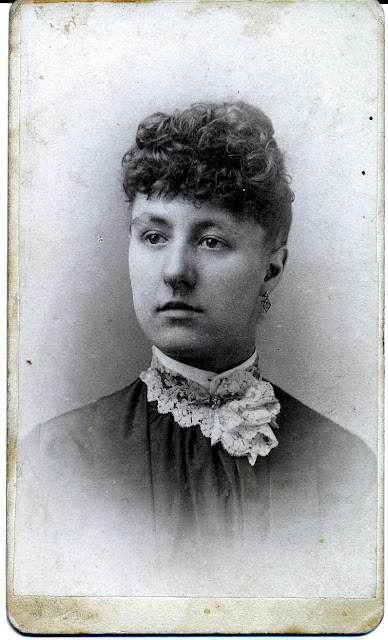When I was a kid, I saw my grandparents as OLD! After all, they had wrinkles and gray hair. As I got older, I began to appreciate my elders'
experience and wisdom--a little! Now that I'm in my 60's, I'm astonished looking back at pictures of them and realizing that I'm now older than they were at the time. Kind of scary.

The assumptions about the elderly, actually the very definitions, have changed a lot in the last 50 years. When I was growing up, people were labeled elderly in their 50's, and women were expected to "act their age," i.e. to wear dark frowzy clothes, stay at home more, and gradually lose their mental facilities (this in spite of the fact that my grandmother was an active tax consultant until into her 90's!) The women were expected to act "grandmotherly"--that is, they should babysit as much as possible, cook for everyone whenever asked, always be cheerful and motherly, always have gifts for the kids, and of course be self sufficient! Our grandfathers were to be objects of admiration for "how great that they can still hold a job if they want to," (not considering they had to live somehow--there wasn't any social security then.)
Nowadays we aren't too surprised to see a 90 year old woman climbing Mount Everest, or 100 year old people still living on their own. We are sometimes surprised that a person in her/his 50's has retired; we ask "don't you get bored?" and often find that person retired from one job just to take on another just to meet expenses; no time or energy for boredom.
In looking at all of the old letters and photos we have from the late 1800s and the early 1900, I have come to realize that no one (except for the very well off) stopped working until he or she literally dropped from exhaustion. The alternative was the almshouse, or poorhouse, established in the 1700s in the States to take care of (or keep from delicate eyes) those sick, aged, mentally ill, physically challenged, or just plain undesirable people for whom there was nowhere else to go. By the early 1900s, the almshouse sheltered mostly the elderly and severely physically, as insane asylums and orphanages were established.
Almshouses, renamed the more socially acceptable "county homes" in the 1900s, existed until social security got fully underway in the 1950's and 1960's.(Social Security was established to get rid of almshouses: by giving the elderly a stipend they would be able to live on their own. Obviously, someone didn't do their math homework!)
I worked in a county hospital in the early 60's that had some residents in the long-term section who had been there for 30 to 40 years. Some had polio, or rheumatoid arthritis.Some had just gotten older and unable to fully care for themselves. None had family who cared for them and none had any income. There were also quite a few elderly who had been stuck in the long term psych facility, labeled as demented, just for somewhere to put them.
Perhaps this blog is mislabeled: even now, the biggest fight for the elderly and disabled is to keep their dignity and their independence. I for one am terrified of a time when I might have to go to a "nursing home" where, at the best I will no longer have my privacy and independence, and at the worst, will be in the modern but equally undesirable almshouse
However, I'm including some interesting old pictures of elderly from our antecedents:
Finally, I have to throw in one fun photo--no dignity involved, although the kid obviously doesn't care:
Thank you for visiting my blog. Chris



















































